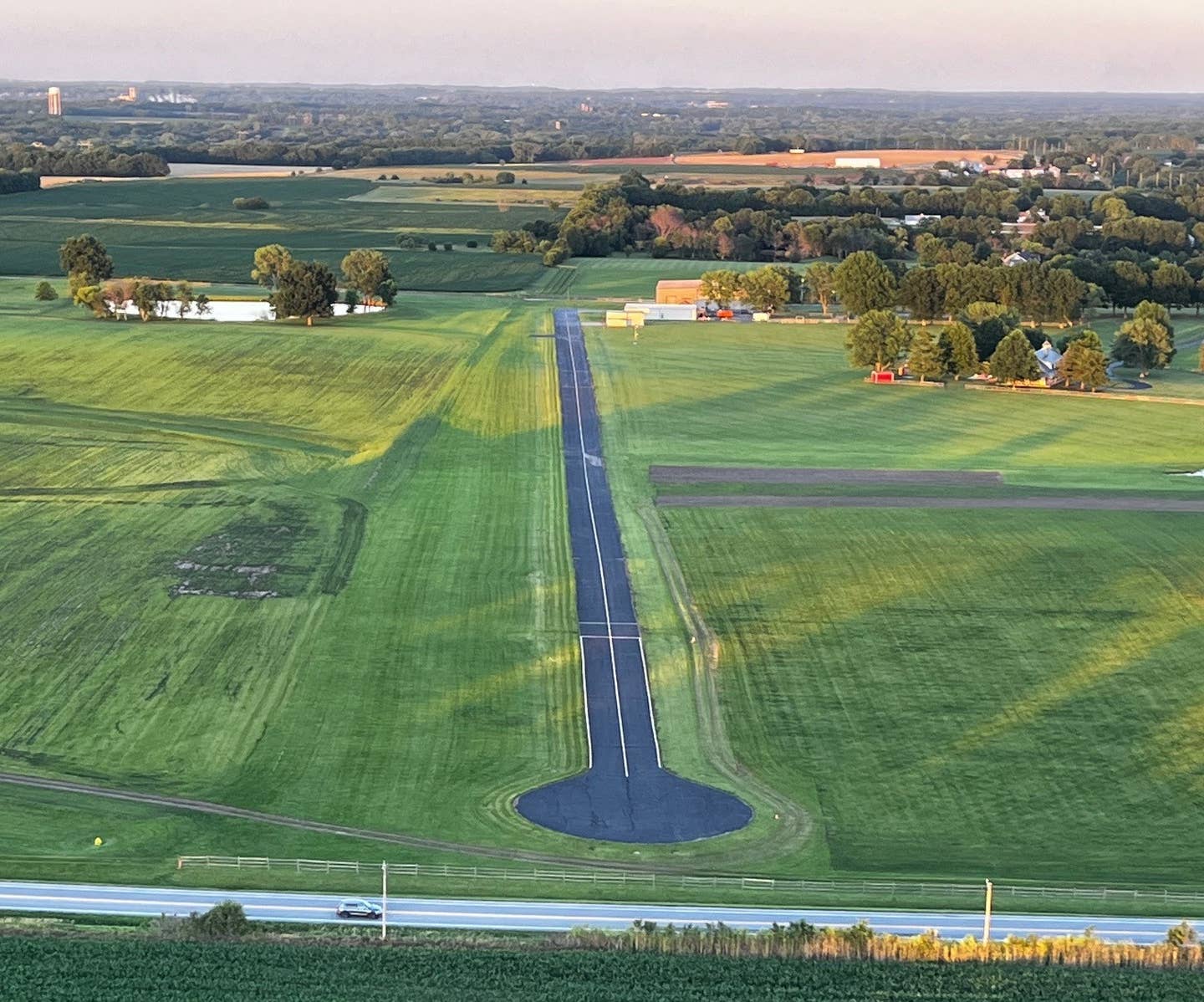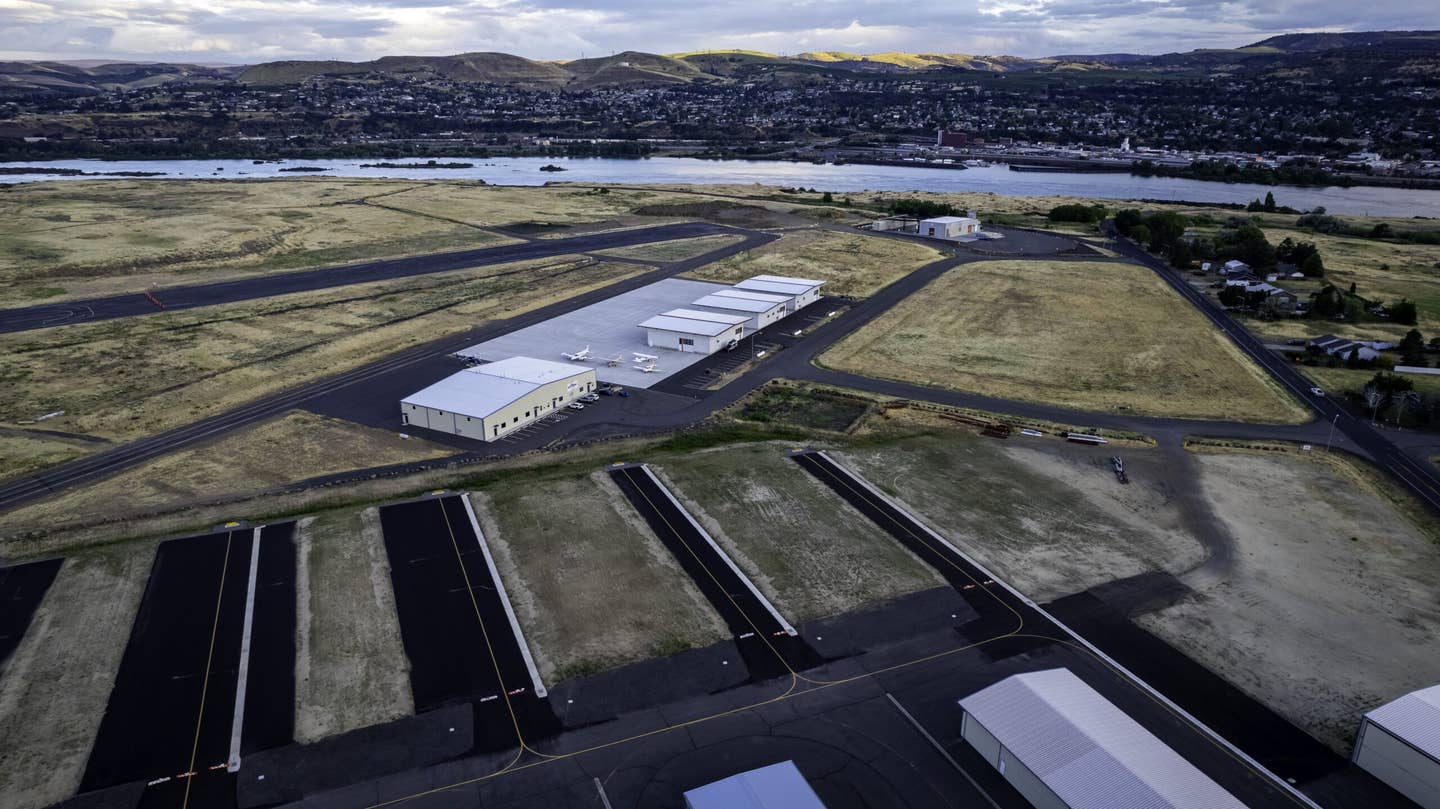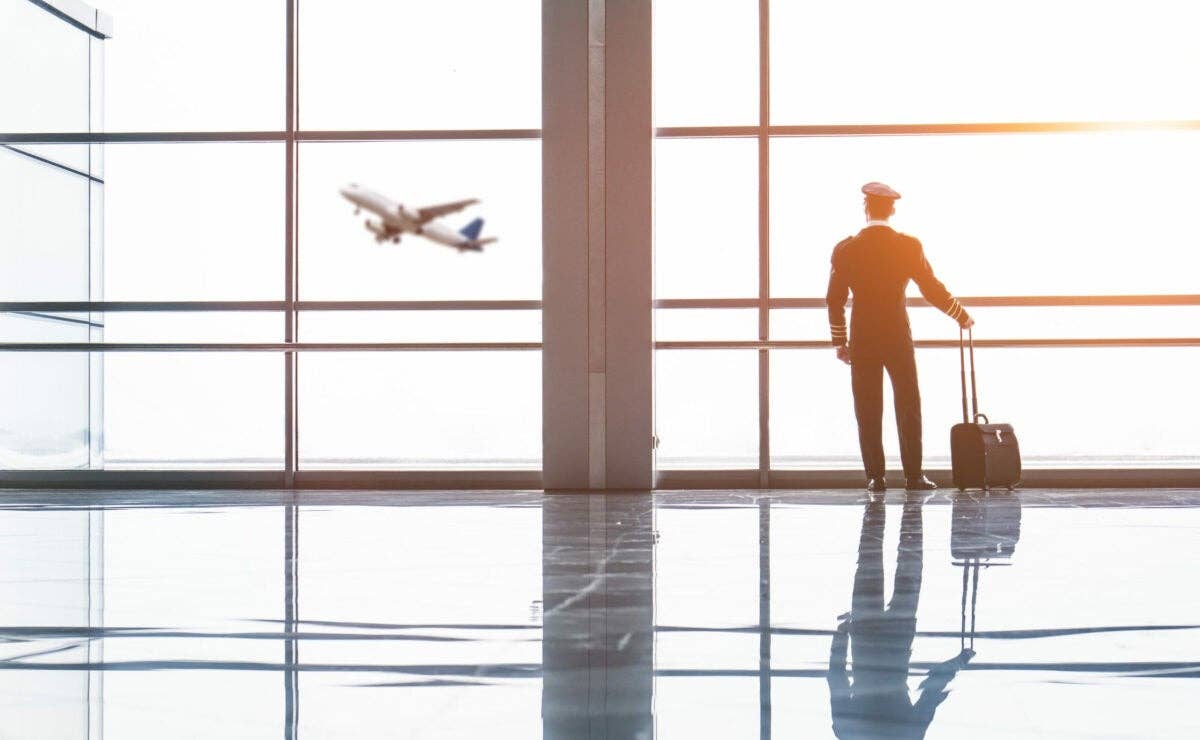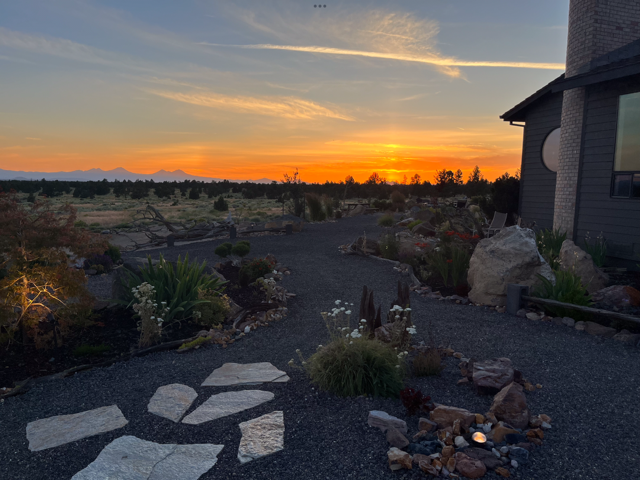When Planning an Airplane Trip, Make Sure the Car Is Ready
You might not mind the windy weather, but think about how your passengers will feel.

Seasoned general aviation travelers know that often they will end up driving instead. [Credit: Jonathan Welsh]
We often hear that preparation is the key to traveling successfully in a GA aircraft. This is true, as long as your preparation includes making sure there is gas in the car.
I returned home Monday night after dropping our son off at school in New Hampshire following a long weekend at home. I had hoped to fly him back, saving time and boosting the trip’s fun factor, but alas, the weather forecast was just sketchy enough to convince me that driving was the better option.
This was a frustrating outcome as I had tracked the weather for days, and for a time Monday looked like it would work. I had also recently logged the last of 15 hours that my insurance company required before I could carry passengers in the Commander 114B my wife and I bought in November. I was itching to give Sam his first ride in the new airplane.
By Monday morning, though, the forecast had taken an unfavorable turn, with stronger gusts than I would have liked at our home airport in Sussex, New Jersey (KFWN), and a low overcast at our destination, Lebanon Municipal (KLEB). I would not say the clouds were too low, and the reported winds were not ridiculous. Overall the conditions certainly were flyable, but I have found over time that whenever I use the word “flyable,” it is a hint that I should drive instead or just stay home.
This is one of those trips that is circuitous by car, so flying direct in 75 minutes instead of spending between four and five hours on the road feels especially efficient and is always tempting. Shaving so much time off the transit also helps make the case for having an airplane. And of course, flying is more fun than driving—to a point.
We pilots have to remind ourselves that passengers often have lower thresholds for discomfort than we do. Turbulence makes them sick, clouds make them worry, and precipitation, well, can you actually fly in that? Sam is not impressed when I tell him that I flew through a snow squall during my private pilot check ride ("Keep going. It won’t last,” the DPE said calmly). Besides, my rule for many years has been to take family members flying only in the best weather, with the hope that they will keep coming back. So far, it has worked.
As Sam and I began the 300-statute-mile drive, I noted the clear sky and wind of, at most, 10 knots. I started to think we could have flown after all and that I had missed a great opportunity. Passing through Hartford, Connecticut, two hours later, we saw clouds mixing in, gradually progressing into an overcast at 5,000 feet or so. Still a go, maybe.
The telling moment came in Northampton, Massachusetts. We were on Interstate 91 North, which passes the edge of Northampton Airport (7B2). A Beechcraft Duchess was just taking off, headed in our direction. We watched as it caught up and passed directly overhead. I don’t think it had reached 500 feet when it began to disappear into the clouds.
I recognized the Duchess as one belonging to the flight school at Northampton and realized it probably was heading up for an instrument training flight. It felt like a message. At that point, I was able to sit back, enjoy the ride, and think about going for an instrument rating this spring.

Subscribe to Our Newsletter
Get the latest FLYING stories delivered directly to your inbox






